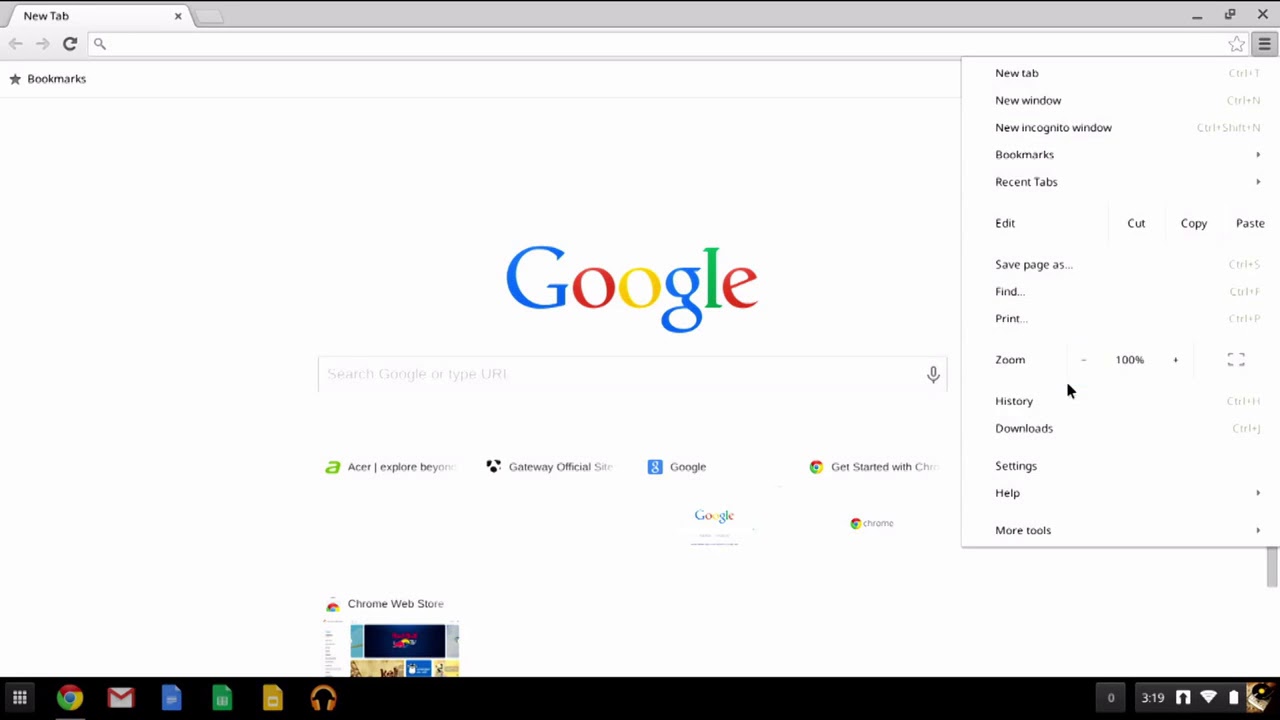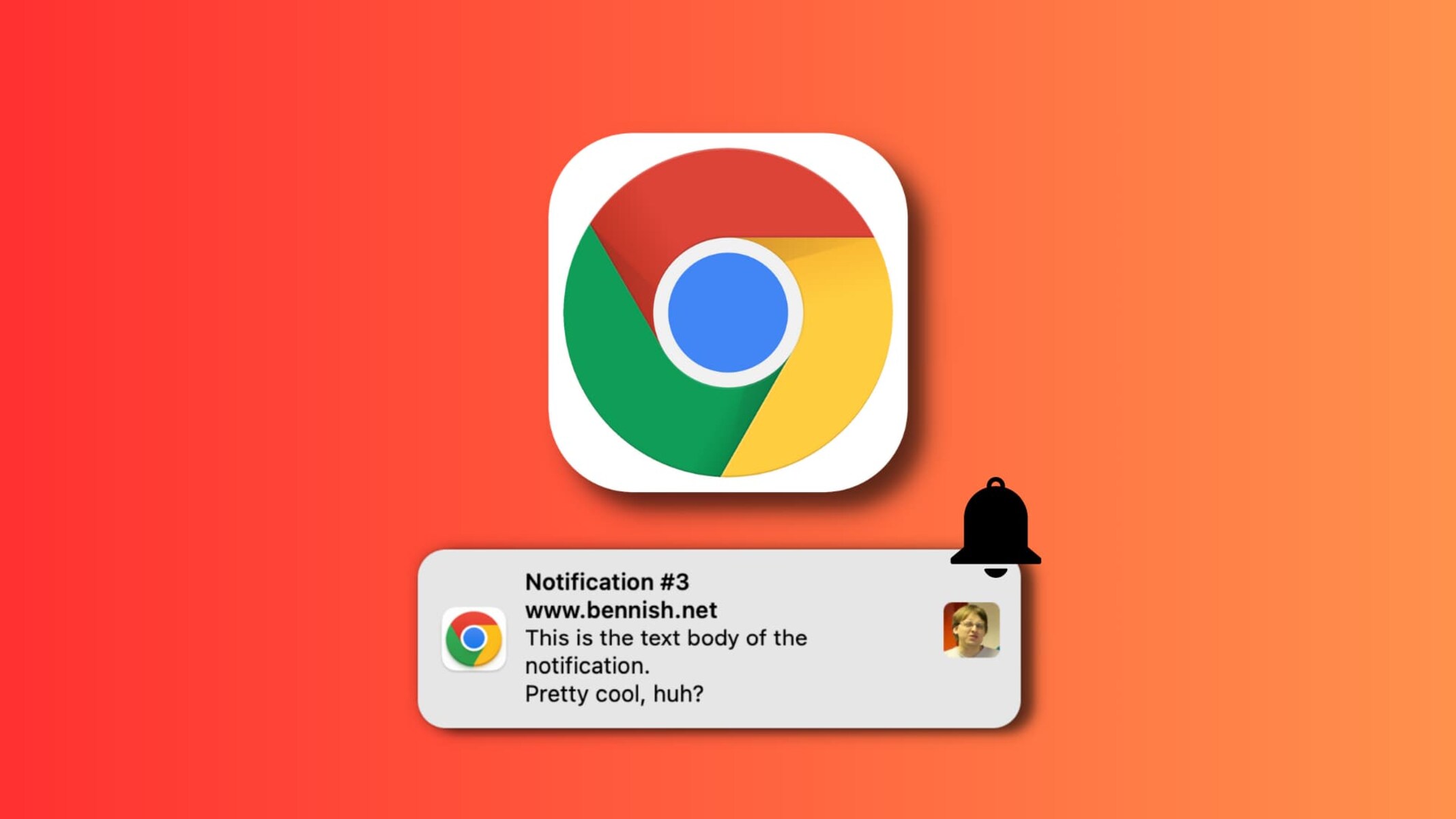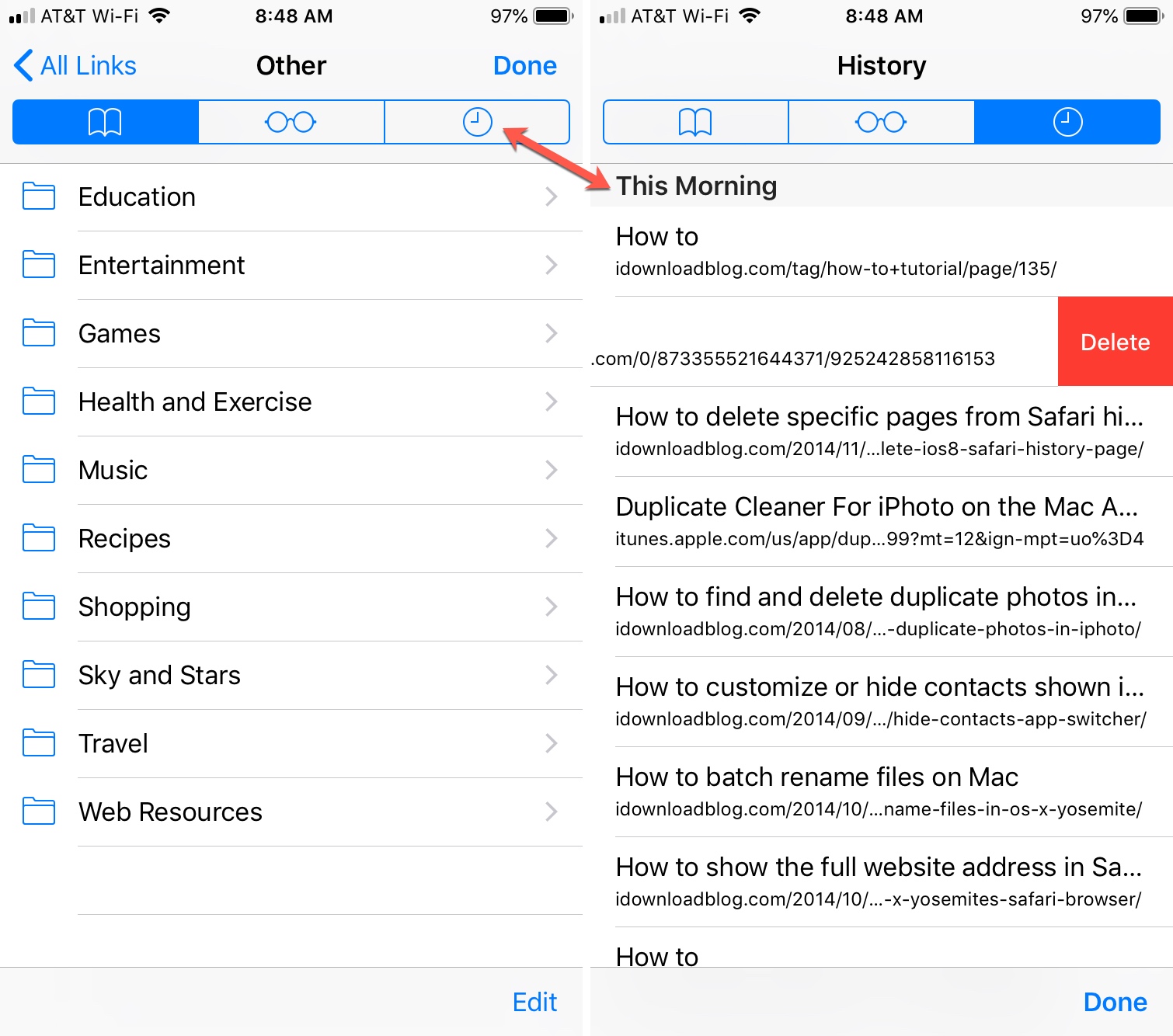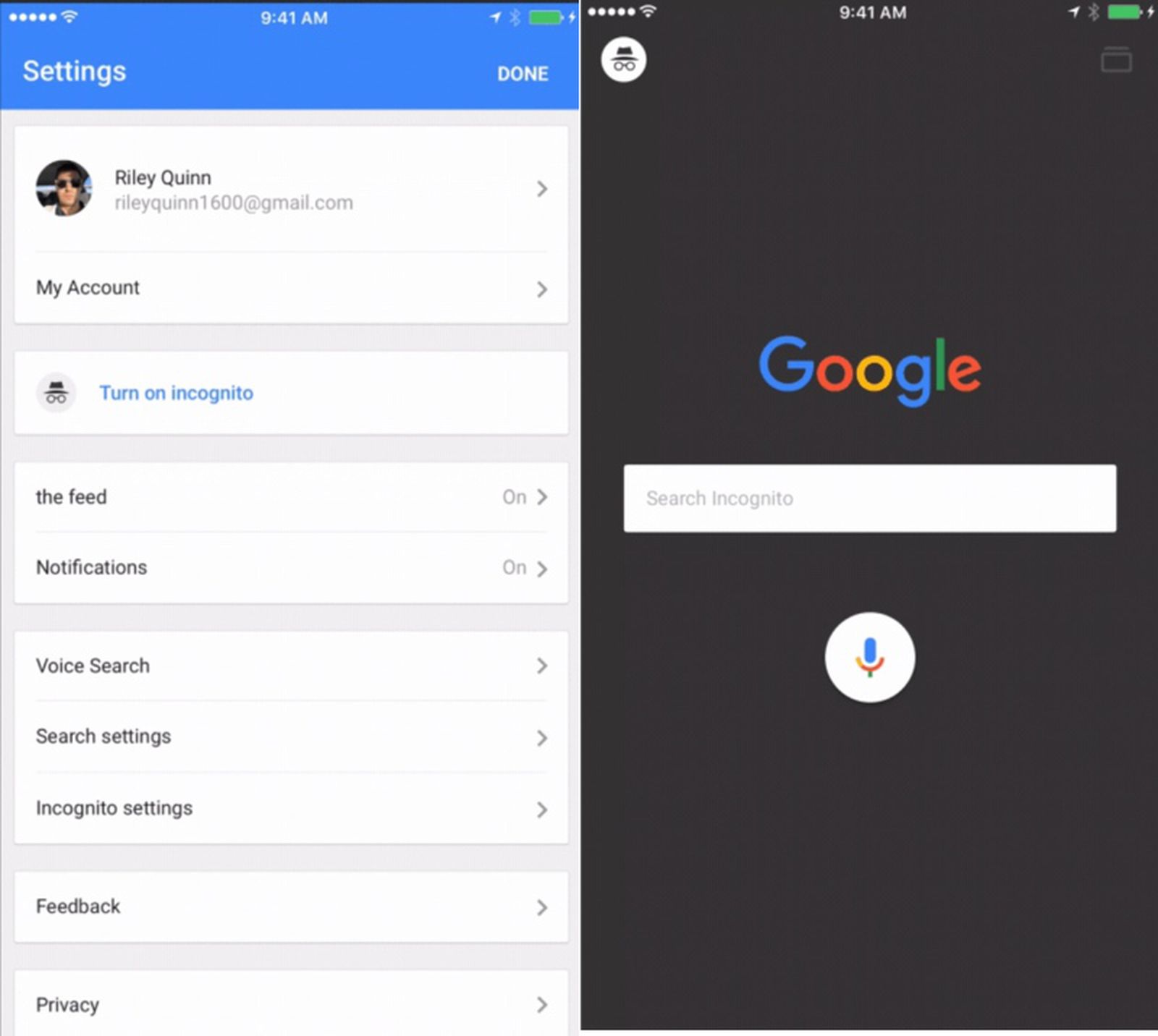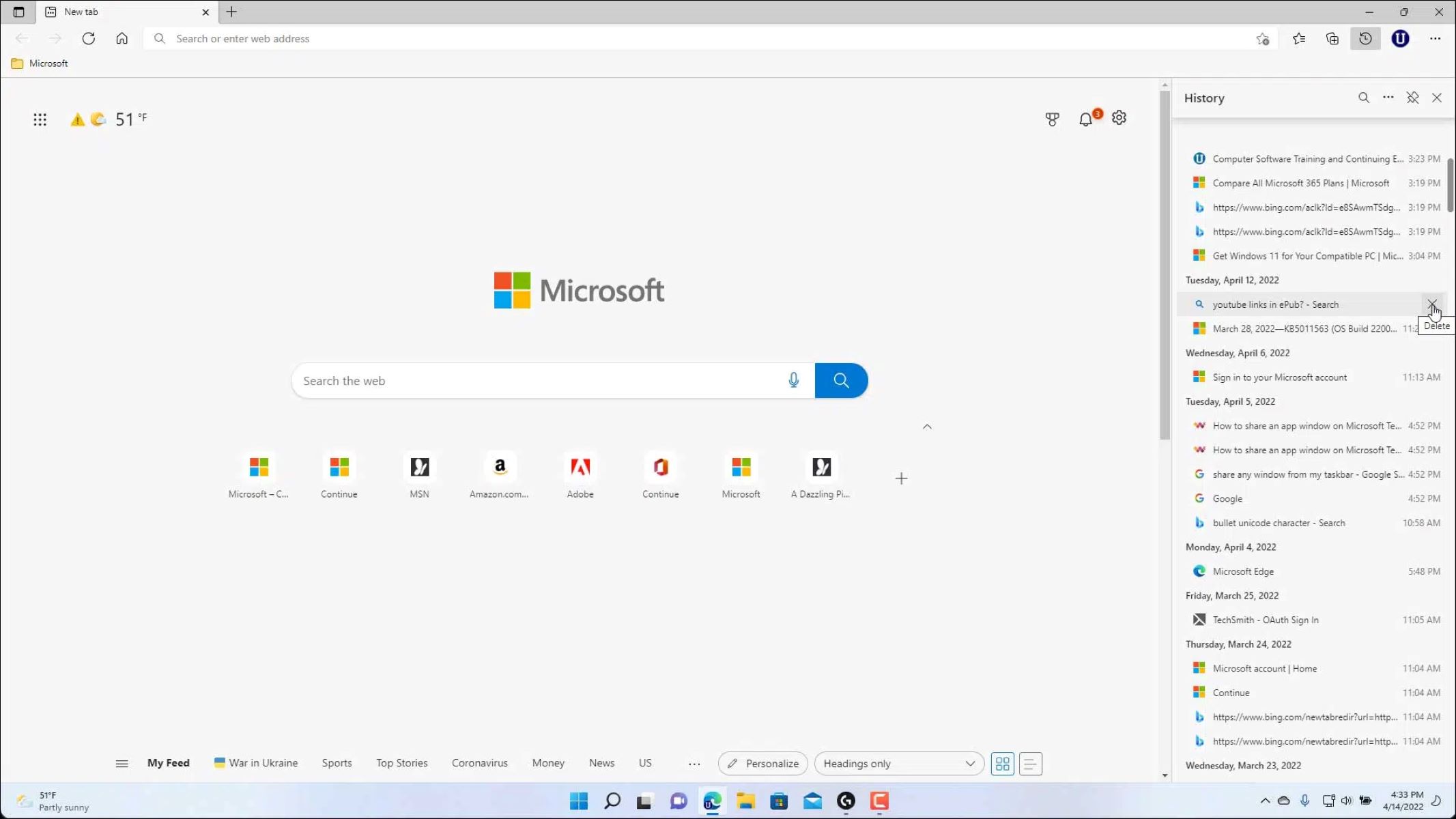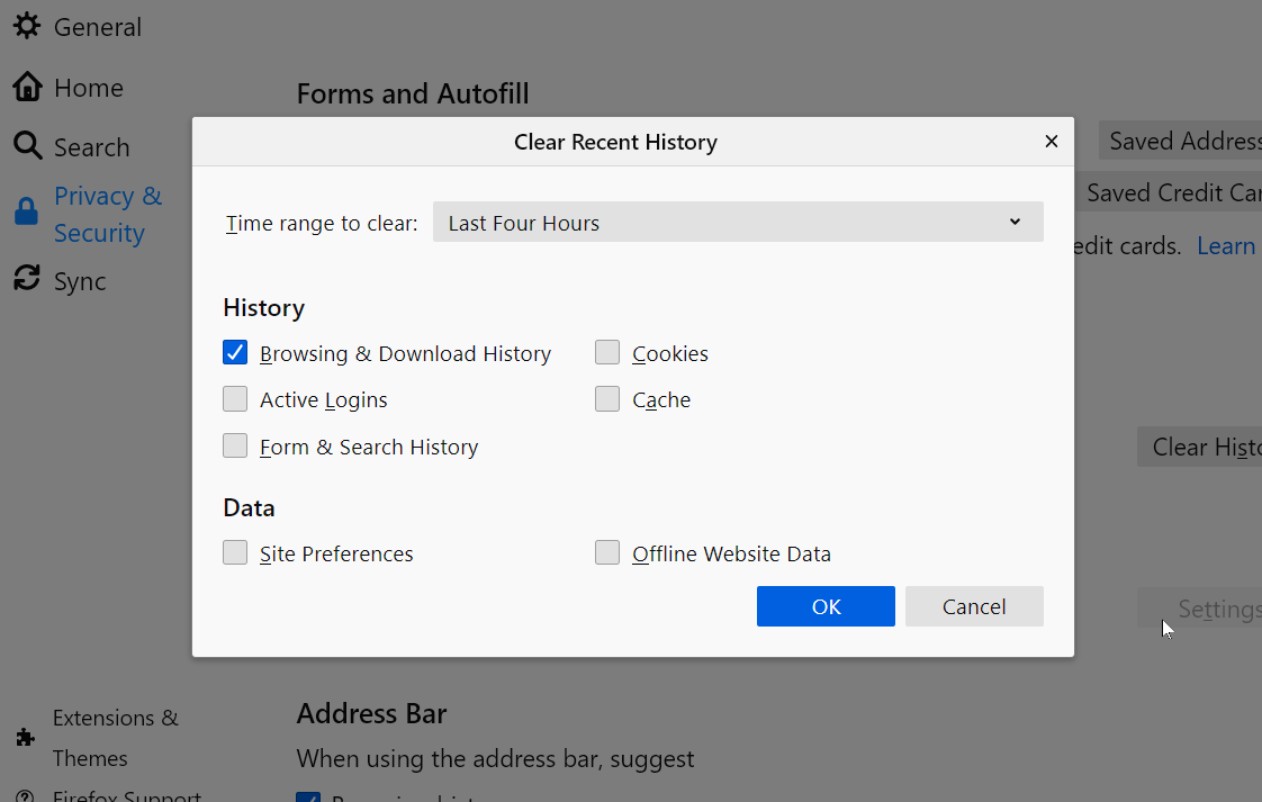Introduction
Chrome, the popular web browser developed by Google, is a gateway to the vast expanse of the internet. It's where we explore, discover, and engage with a myriad of content, from informative articles to entertaining videos. As we traverse this digital landscape, our browsing history accumulates, capturing our online journey through the virtual realm.
In this article, we will delve into the intricacies of accessing and managing your browsing history on Chrome. Whether you're using a desktop or a mobile device, understanding how to navigate through your browsing history can provide valuable insights and convenience. From retracing your steps to revisiting a previously viewed webpage, your browsing history holds a wealth of information that can enhance your browsing experience.
Join us as we embark on a journey to uncover the methods for accessing and managing your browsing history on Chrome. Whether you're a seasoned user or a newcomer to the browser, this guide will equip you with the knowledge to navigate your browsing history with ease. Let's embark on this exploration of Chrome's history feature, unlocking the potential to enhance your browsing experience and streamline your online activities.
Accessing Chrome History on Desktop
Accessing your browsing history on Chrome's desktop version is a straightforward process that allows you to revisit previously viewed websites and track your online activities. Whether you're looking to retrace your steps or locate a specific webpage, Chrome provides a user-friendly interface for accessing your browsing history.
-
Using the Address Bar:
- One of the simplest ways to access your browsing history is through the address bar. Click on the address bar at the top of the Chrome window, and then type "chrome://history" followed by pressing Enter. This action will direct you to the History page, where you can view a comprehensive list of your browsing history.
-
Keyboard Shortcut:
- Chrome offers a convenient keyboard shortcut to access your browsing history. Simply press "Ctrl + H" on your keyboard (or "Cmd + Y" on Mac), and the History page will instantly appear, displaying a chronological list of your visited websites.
-
Menu Navigation:
- Alternatively, you can access your browsing history by clicking on the three-dot menu icon at the top-right corner of the Chrome window. From the dropdown menu, select "History," and you will be directed to the History page, where you can explore your browsing history.
-
Search and Filter Options:
- Once you're on the History page, Chrome provides search and filter options to streamline your browsing history exploration. You can use the search bar to look for specific websites or keywords within your browsing history. Additionally, Chrome offers filter options to categorize your history by date, site, and more, making it easier to locate specific entries.
-
Incognito Mode History:
- It's important to note that browsing history from Chrome's Incognito mode is not recorded in the same manner as regular browsing. If you've visited websites in Incognito mode and wish to access that history, you'll need to do so from within an Incognito window.
By utilizing these methods, you can effortlessly access your browsing history on Chrome's desktop version, empowering you to revisit websites, track your online activities, and enhance your browsing experience. Whether you're seeking to retrace your digital footsteps or locate a previously visited webpage, Chrome's browsing history feature provides a valuable resource for managing and navigating your online journey.
Viewing Chrome History on Mobile
Accessing your browsing history on Chrome's mobile version is essential for seamlessly revisiting websites and tracking your online activities while on the go. Whether you're using an Android or iOS device, Chrome provides intuitive methods for viewing your browsing history, empowering you to navigate your digital journey with ease.
Android Devices:
-
Using the Menu Icon:
On your Android device, open the Chrome app and tap the three-dot menu icon in the top-right corner of the screen. From the dropdown menu, select "History." This action will direct you to the History page, where you can explore your browsing history. -
Address Bar Shortcut:
Alternatively, you can access your browsing history by tapping the address bar at the top of the Chrome app and entering "chrome://history" before tapping "Go." This will lead you to the History page, where you can view a chronological list of your visited websites. -
Search and Filter Options:
Once you're on the History page, Chrome provides search and filter options to streamline your browsing history exploration. You can use the search bar to look for specific websites or keywords within your browsing history. Additionally, Chrome offers filter options to categorize your history by date, site, and more, making it easier to locate specific entries.
iOS Devices:
-
Accessing History from the Menu:
If you're using an iOS device, open the Chrome app and tap the three-dot menu icon in the bottom-right corner of the screen. From the menu, select "History" to access your browsing history. -
Using the Address Bar:
Similar to the desktop and Android versions, you can access your browsing history by tapping the address bar and entering "chrome://history" before tapping "Go." This will direct you to the History page, allowing you to view and manage your browsing history. -
Search and Filter Options:
Once on the History page, utilize Chrome's search and filter options to streamline your browsing history exploration. The search bar enables you to look for specific websites or keywords, while the filter options categorize your history for easier navigation.
By leveraging these methods, you can effortlessly access your browsing history on Chrome's mobile version, enabling you to revisit websites, track your online activities, and enhance your browsing experience while using your Android or iOS device. Whether you're seeking to retrace your digital footsteps or locate a previously visited webpage, Chrome's browsing history feature provides a valuable resource for managing and navigating your online journey on mobile.
Managing Chrome History
Managing your browsing history on Chrome is an essential aspect of maintaining a streamlined and organized browsing experience. Whether you're looking to clear specific entries, delete certain time periods, or prevent certain websites from being recorded in your history, Chrome offers a range of options to manage your browsing history effectively.
Clearing Browsing History
Chrome allows you to clear your browsing history with ease, providing the flexibility to remove specific entries or wipe out your entire history. To clear your browsing history, follow these steps:
-
Desktop Version:
- Navigate to the History page using one of the methods mentioned earlier.
- Click on the "Clear browsing data" option located on the left-hand side of the History page.
- Select the time range for which you want to clear the history, along with the types of data you wish to clear, such as browsing history, cookies, and cached images.
- Click on "Clear data" to remove the selected browsing data from your history.
-
Mobile Version:
- Access the History page using the methods outlined for Android or iOS devices.
- Tap the "Clear browsing data" option, which allows you to choose the time range and types of data to clear from your browsing history.
- Confirm the action to clear the selected browsing data from your history.
Managing Individual Entries
In addition to clearing your entire browsing history, Chrome enables you to manage individual entries within your history. This feature is particularly useful when you want to remove specific websites from your history while retaining others. To manage individual entries, follow these steps:
- Desktop and Mobile Versions:
- Navigate to the History page and locate the entry you wish to remove.
- Click on the three-dot menu icon next to the entry and select "Remove from history" to delete the specific entry from your browsing history.
Using Incognito Mode
If you prefer not to have certain websites recorded in your browsing history, Chrome's Incognito mode offers a solution. When you browse in Incognito mode, your activity is not recorded in your browsing history, and any cookies or site data obtained during your Incognito session are deleted when you close all Incognito windows. To open an Incognito window, follow these steps:
-
Desktop Version:
- Click on the three-dot menu icon and select "New Incognito Window" to start browsing in Incognito mode.
-
Mobile Version:
- Tap the three-dot menu icon and select "New Incognito Tab" to begin browsing in Incognito mode on your mobile device.
By effectively managing your browsing history on Chrome, you can maintain privacy, declutter your history, and ensure a personalized and efficient browsing experience tailored to your preferences and needs. Whether you're clearing specific entries, utilizing Incognito mode, or managing individual history items, Chrome provides the tools to empower you in managing your browsing history effectively.
Conclusion
As we conclude our exploration of Chrome's browsing history feature, it's evident that understanding how to access and manage your browsing history is essential for optimizing your browsing experience. Whether you're using Chrome on a desktop or a mobile device, the ability to revisit websites, track your online activities, and manage your browsing history empowers you to navigate the digital realm with ease and efficiency.
By accessing your browsing history on Chrome's desktop version, you can retrace your digital footsteps, locate previously visited webpages, and gain valuable insights into your online activities. The various methods, including using the address bar, keyboard shortcuts, and menu navigation, provide convenient access to your browsing history, while the search and filter options streamline the exploration process. Additionally, understanding the distinction between regular browsing and Incognito mode history ensures a comprehensive grasp of your browsing activities.
On Chrome's mobile version, the ability to view your browsing history is equally important, especially for users who frequently browse on their Android or iOS devices. The intuitive methods for accessing browsing history, coupled with search and filter options, enable seamless navigation and management of your digital journey while on the go. Whether you're using an Android device or an iOS device, Chrome's mobile version offers a user-friendly interface for exploring your browsing history.
Furthermore, managing your browsing history on Chrome is pivotal for maintaining privacy, decluttering your history, and customizing your browsing experience. The ability to clear browsing history, manage individual entries, and utilize Incognito mode empowers you to tailor your browsing history to align with your preferences and needs. Whether you're selectively removing specific entries or browsing in Incognito mode to prevent certain activities from being recorded, Chrome provides the flexibility and tools to manage your browsing history effectively.
In essence, the browsing history feature on Chrome serves as a valuable resource, offering insights into your online activities and providing the means to streamline and personalize your browsing experience. By leveraging the methods and tools outlined in this guide, you can harness the power of Chrome's browsing history feature to enhance your digital journey, maintain privacy, and navigate the internet with confidence and convenience.







